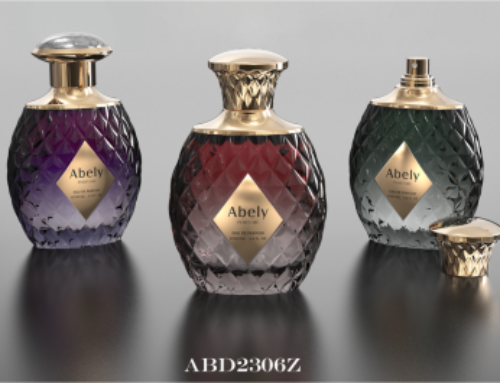If you’re preparing to conduct product inspections, you may have come across the term AQL. Perhaps you’ve heard it mentioned in discussions with your inspection company or in articles you’ve read online.
So what is AQL (Acceptable Quality Limit )?
Definition:
The acceptable quality level (AQL) is a measure applied to products and defined in ISO 2859-1 as the “quality level that is the worst tolerable.” The AQL tells you how many defective components are considered acceptable during random sampling quality inspections. It is usually expressed as a percentage or ratio of the number of defects compared to the total quantity.
For example: “AQL is 1.5% means I want no more than 1.5% defective items in the whole order quantity, on average over several production runs with that supplier”.
How it works:
The AQL chart is used to determine how many units should be inspected and how many defects are acceptable during your inspection. The chart is broken down into two tables. You can see it in full resolution here.

Advantage:
AQL is a widely used standard for choosing a sample size to be inspected, and the number of defects that has to be found in order to deem the results of the inspection as FAIL.
AQL sampling is preferred over a 100% inspection of all of the units. This is because a random sample inspection will give a good indicator on whether the entire batch has an excessive amount of defects. A full inspection can be very expensive. For example, if your order glass perfume bottle quantity is 20,000pcs, then a full inspection would cost 40 times more than a standard AQL inspection.
We welcome you to join for further exploration of the inspection of perfume packaging.



